The Art Of Omakase: Kissho House Brings A Unique Japanese Dining Experience To The Neighborhood
A former Hiroki chef has transformed a historic Rittenhouse brownstone at 1522 Locust into a temple dedicated to Japanese culinary artistry.
The first of three Japanese culinary journeys in Rittenhouse has arrived.
The first is behind the stately facade of 1522 Locust Street, partly obscured by an enthusiastic blue air dancer. Chef Zhengmao “Jeff” Chen has arrived, crafting something entirely new for the neighborhood – a restaurant that embodies the Japanese principle of omotenashi, or heartfelt hospitality, wrapped in the purposeful elegance of contemporary design.
Offering a large selection of sushi, robatayaki and more on the first floor, and a dedicated subterranean space for Rittenhouse’s first omakase experience that we can recall in recent history, Kissho House is already carving out its own niche in a neighborhood that prizes fine dining married with hospitable vibes.
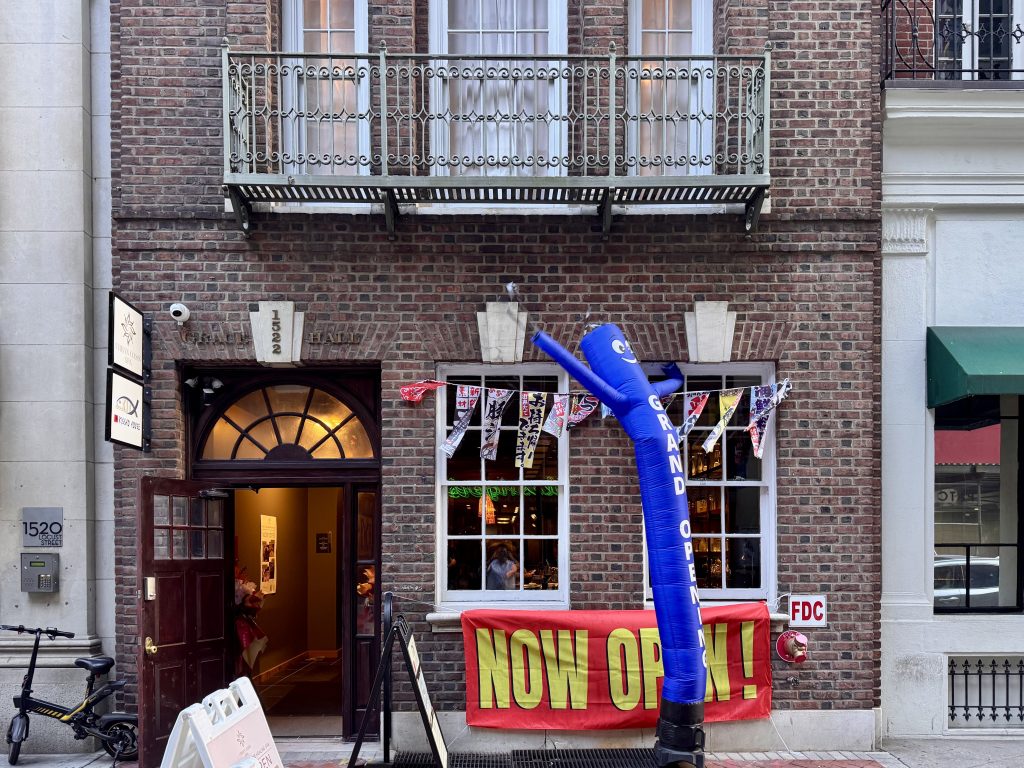
From Protégé to Pioneer
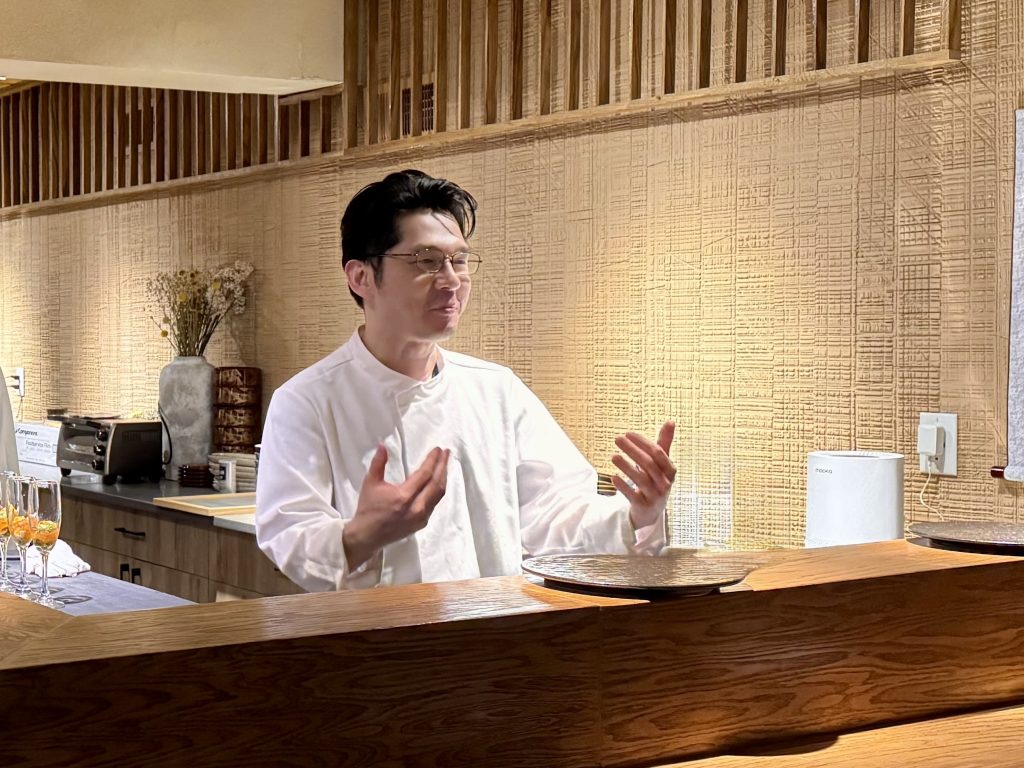
Chen’s journey to this moment has been one of careful cultivation and patient learning, like a Karate Kid story, but with knives instead of crane kicks. His time at Hiroki in Fishtown and in the izakaya at Royal Sushi provided the foundation for his culinary philosophy—one that marries technical precision with genuine warmth. At Hiroki, under the guidance of Hiroki Fujiyama, Chen witnessed firsthand how omakase could transform a meal.
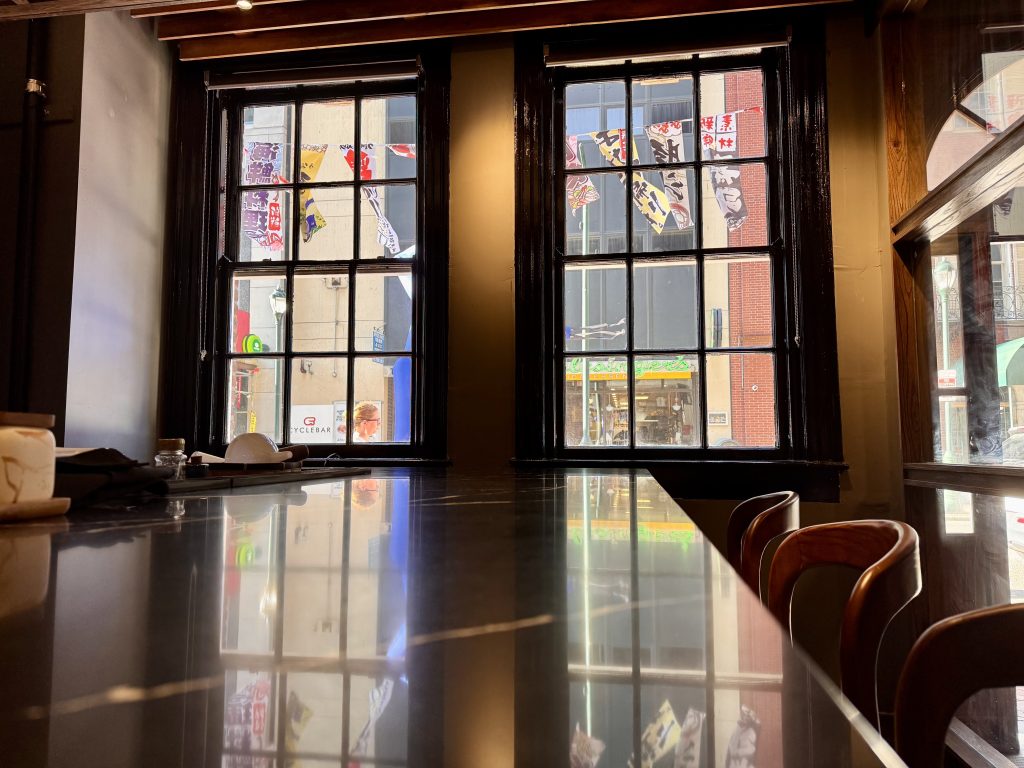
Now, in his own space that he personally oversaw the creation of, Chen brings that same reverence for the craft while infusing it with his personal vision. The transition from working in someone else’s kitchen to creating his own culinary narrative represents a profound shift, and speaks to both ambition and the deep respect for tradition that characterizes Japanese cuisine.
The Vibes: Intention Meets Atmosphere
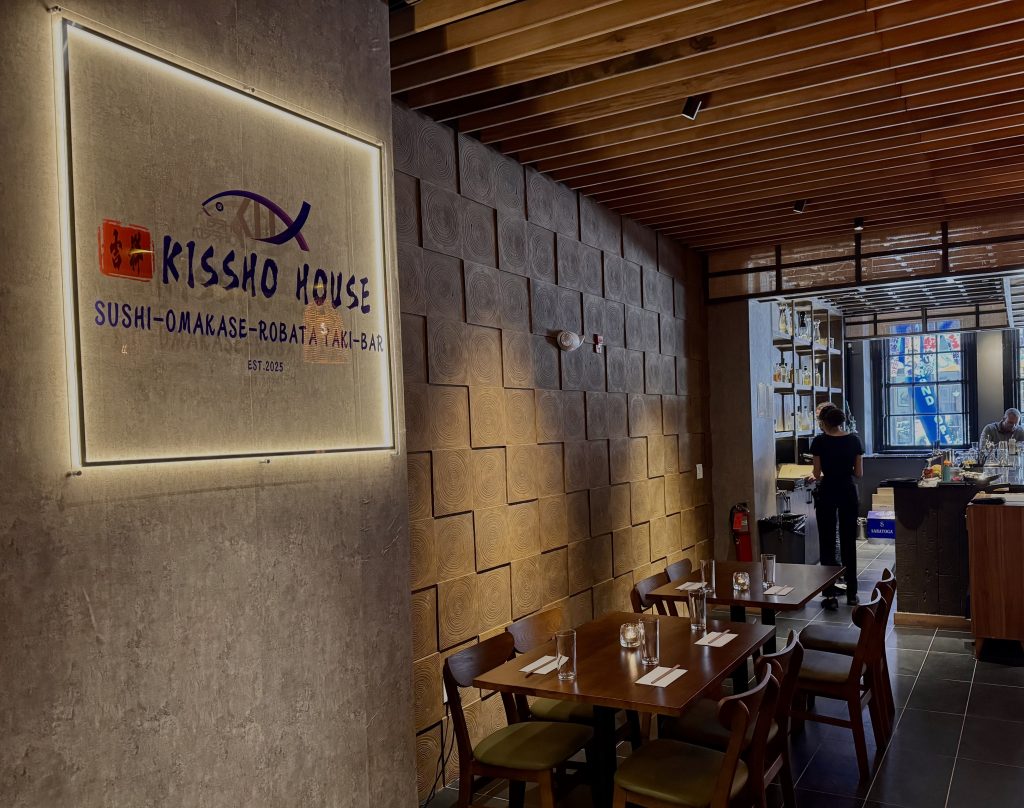
When we entered, we were immediately enveloped in an environment where every element has been purposely constructed. Sleek, polished surfaces reflect soft lighting that bathes everything in a warm, golden glow reminiscent of the cinematography in Lost in Translation.
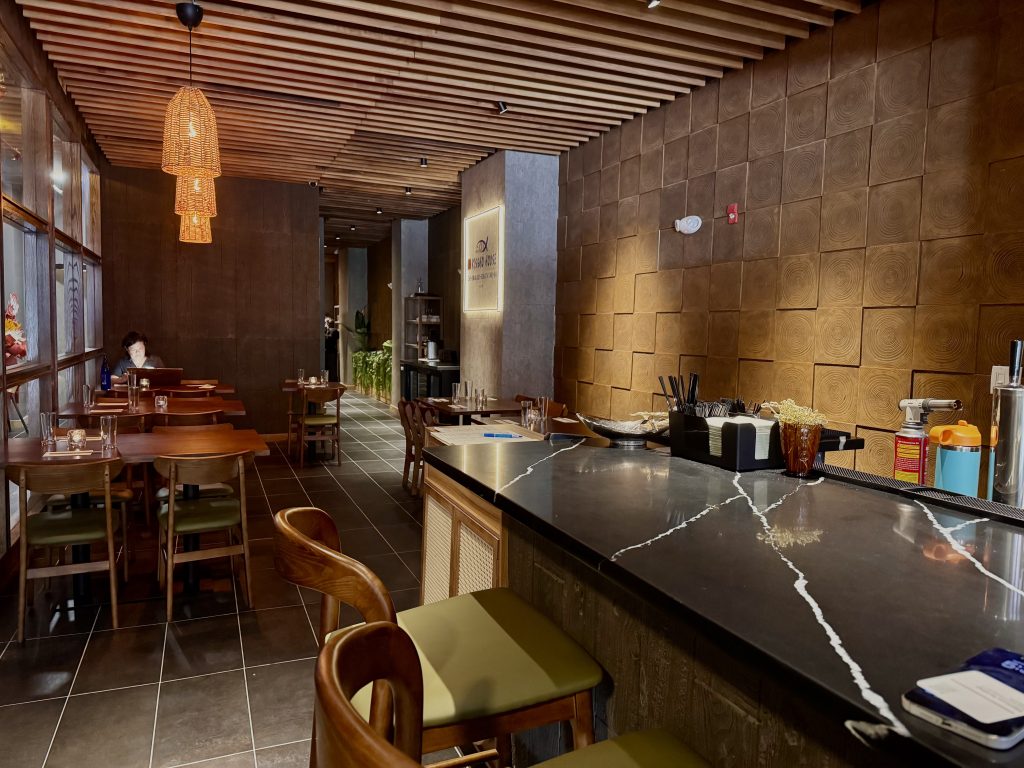
The building itself carries the weight of history, occupying what was once a law office in a row house across from Schlesinger’s Deli. The three-story brownstone has been transformed into a space that feels both intimate and grand, where the architecture serves the cuisine rather than competing with it. So it’s no surprise that directly above it is a serene spa.
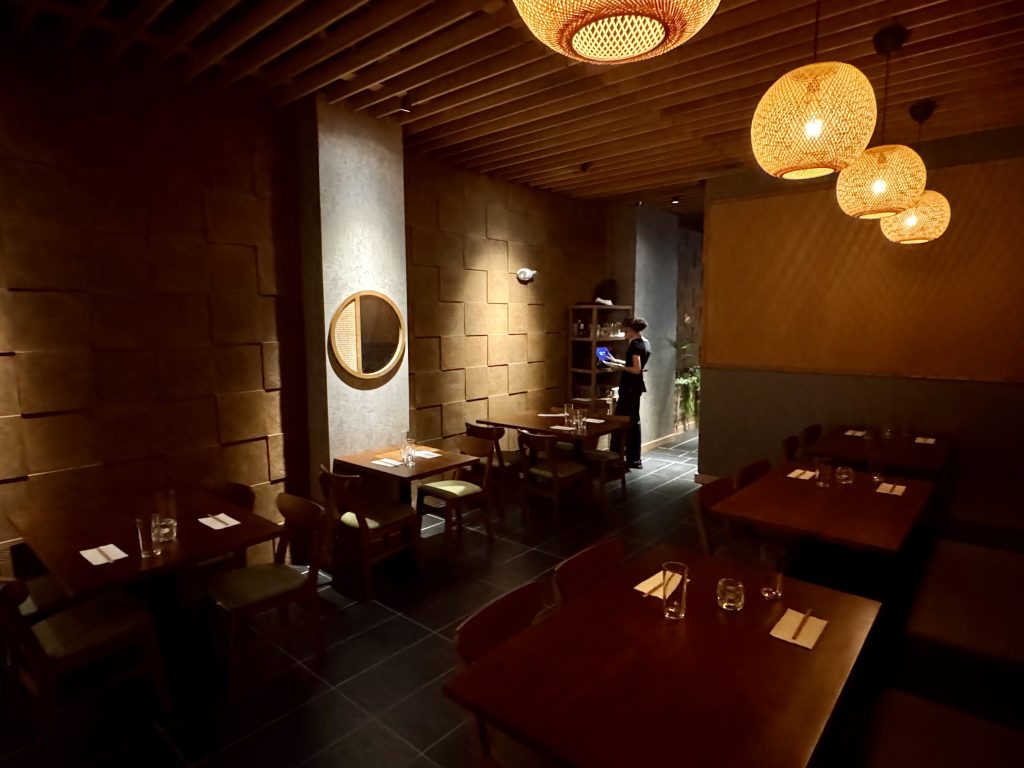
Everything here is intentional, from the placement of each table to the selection of materials that create texture without distraction. The atmosphere is warm, hospitable, and inviting, yet maintains the quiet dignity that marks the finest Japanese establishments.
The Omakase Experience: Trust in Translation
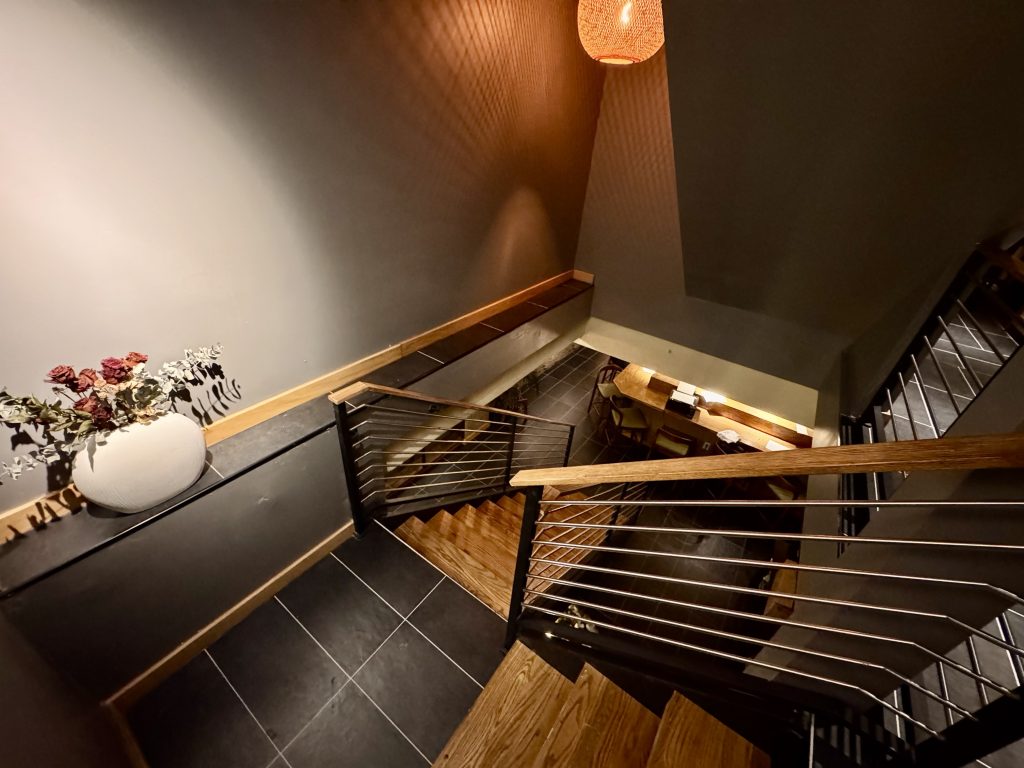
The heart of Kissho House beats in its lower level, where Chen presents his omakase experience—an 18 to 19-course journey priced at $150 that promises to be Rittenhouse Square’s most intimate culinary theater. The word “omakase” translates roughly to “I leave it up to you,” and it represents the ultimate expression of trust between chef and diner—a culinary leap of faith, so as to speak.

In this subterranean sanctuary, diners surrender control of their meal to Chen’s vision, allowing him to guide them through a progression of flavors, textures, and techniques that tell a story with each course.
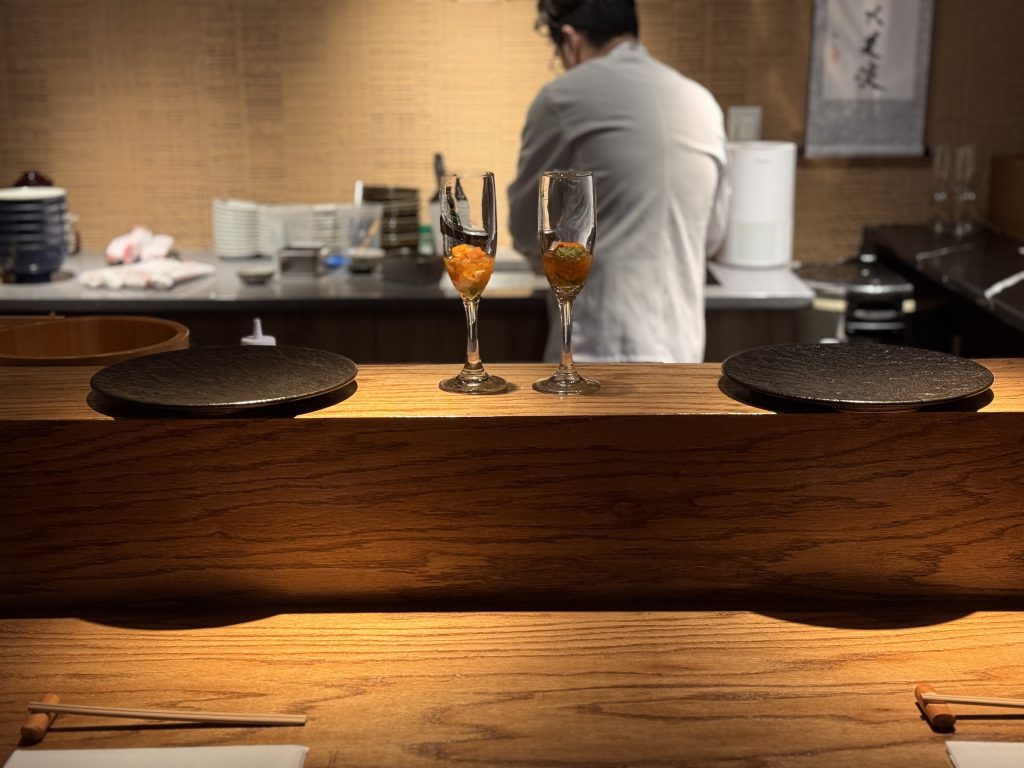
The price point positions Kissho House as a special occasion destination, yet the value proposition extends far beyond the number of courses. Each dish represents hours of preparation, ingredients sourced with care, and techniques refined through years of practice.
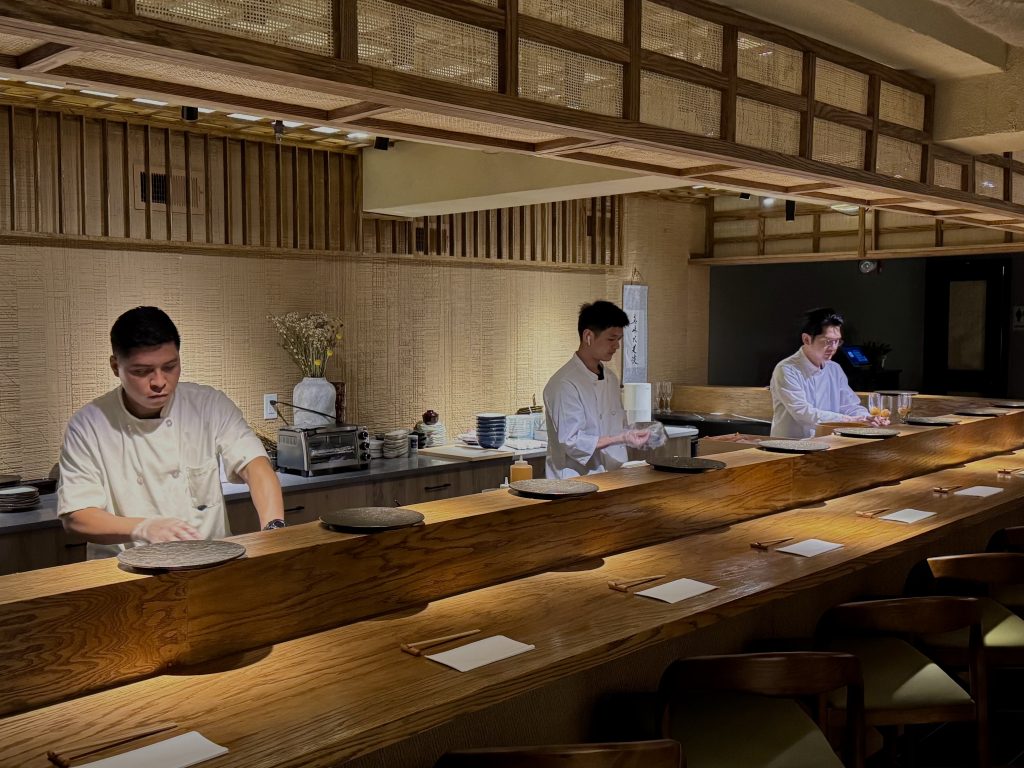
This is cuisine as craft, dining as art form—a philosophy that understands that true luxury lies not in excess but in perfection of execution.
Kissho’s Burgeoning Cocktail Philosophy
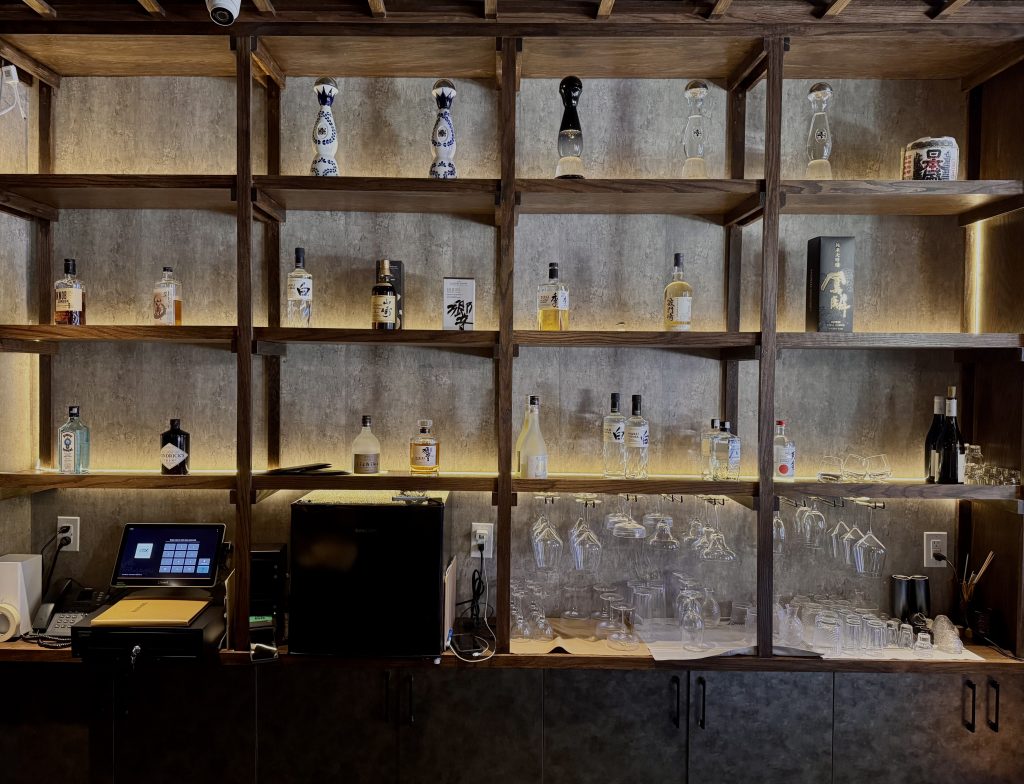
Beyond the sushi counter, Chen’s head bartender Ned is developing a cocktail program that reflects the same attention to detail and cultural authenticity that defines Kissho’s cuisine. The approach prioritizes traditional Japanese brands and flavors, creating liquid narratives that complement rather than compete with the food.
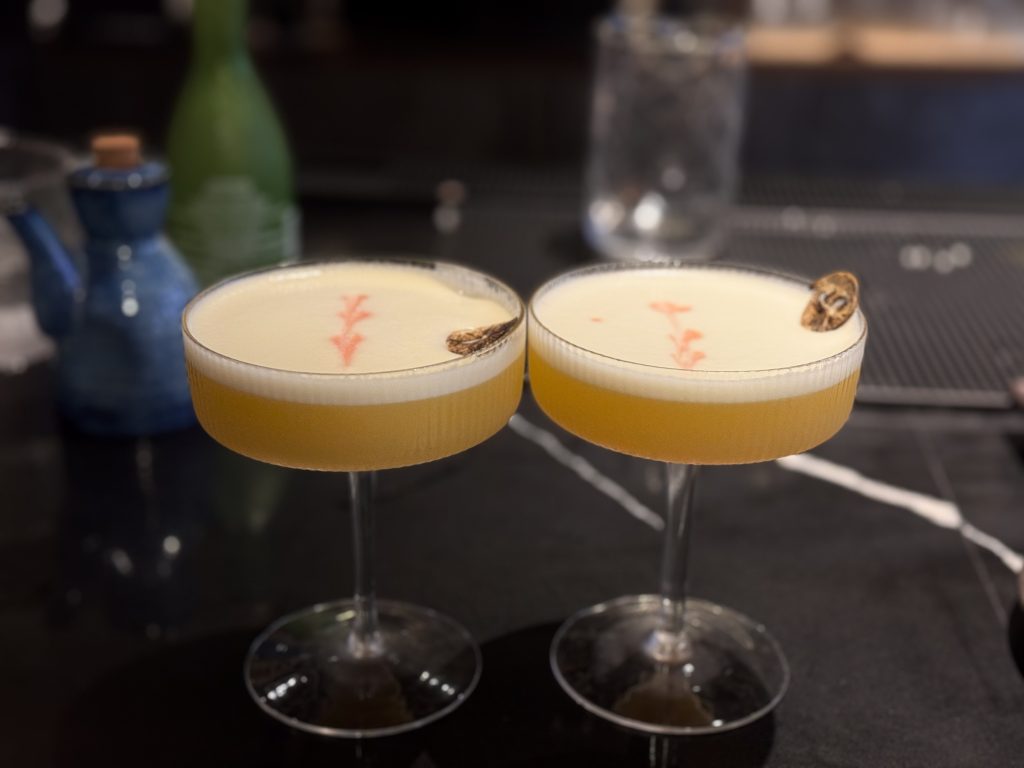
We felt as if the cocktails were cultural ambassadors, introducing diners to the subtle complexities of Japanese spirits while creating bridges between tradition and innovation.
Rittenhouse’s Japanese Culinary Evolution
Kissho House arrives at a moment when Rittenhouse’s appetite for authentic, high-quality Japanese cuisine has grown considerably. Long known for its concentration of fine dining establishments, the addition of a dedicated omakase experience fills a notable gap, and will occupy a unique space alongside new comers Dance Robot and Uchi.
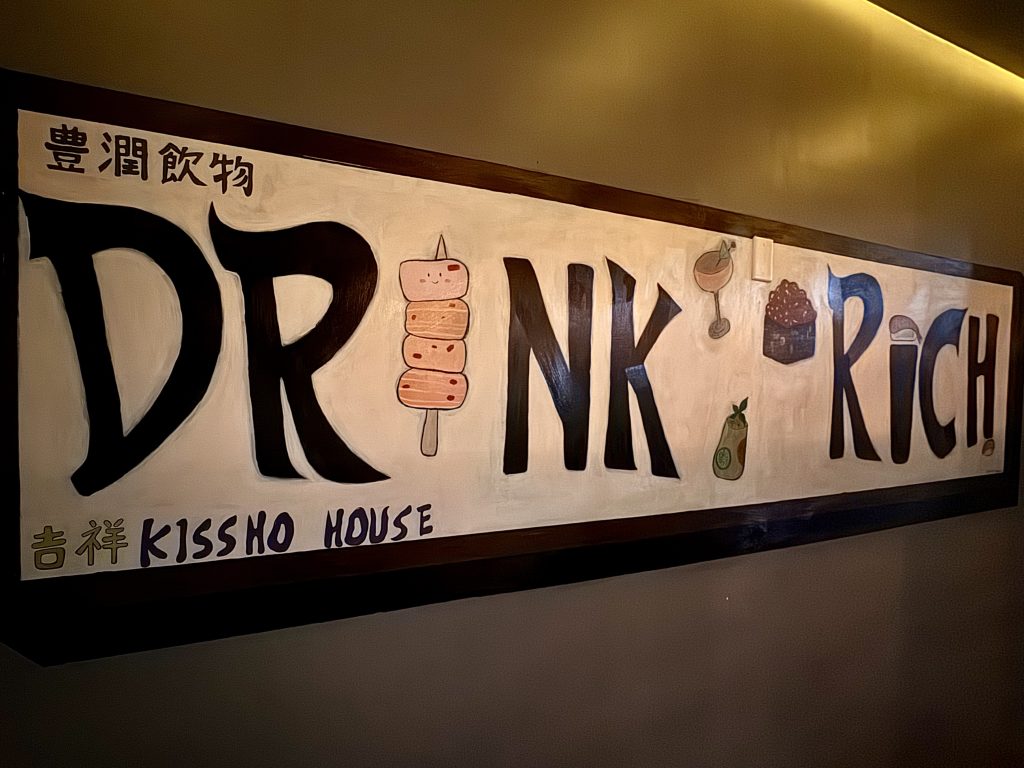
Kissho House is a statement of faith in the Rittenhouse neighborhood’s culinary future, and a testament to the power of patient craftsmanship. In a city known for its diverse dining scene, Chen’s vision offers something both familiar and entirely new: a space where tradition and innovation merge together, and where the act of dining becomes a form of cultural exchange.
Reservations for Kissho’s omakase can be made on Resy and follow them on Instagram for updates!


